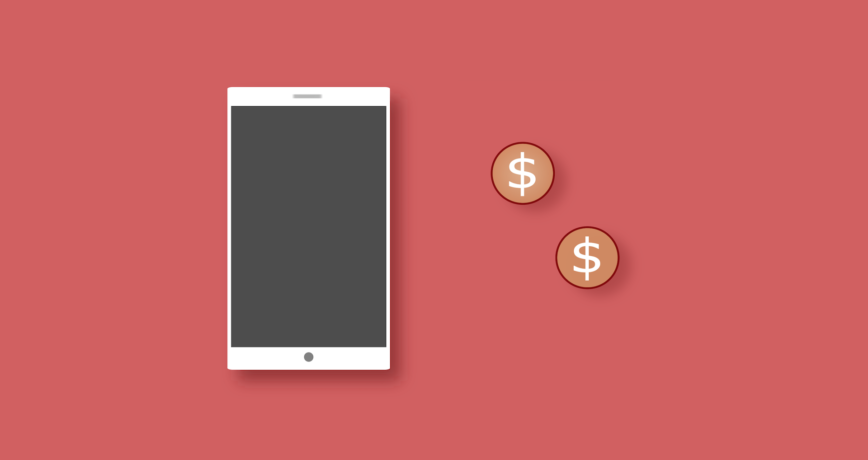When developing and maintaining an app, designing a strategy to generate the most revenue possible, is a must — after all, app development requires investment from your company, so it’s fair to expect a return of income. This is when App monetisation comes into play.
The Android application development field is booming and is continuing to drive success for both start-up companies and large corporations. There are a lot of opportunities and options to make it big in the app economy, but this doesn’t immediately mean that monetising your app will come easy. Considerations and big questions arise: How do you get started? What’s the right business model for your app? How much and what will make users pay for your app?
Allow us to help you answer these questions. For you to decide on the best possible strategy for monetising your Android app, let’s break down each of the best business models that developers often use today:
In-App Advertising Model
This is one of the most profitable and popular Android global internet advertising is big on revenue and is continuing to emerge, while free apps with advertising are simple to put together. In this model, users are allowed to download the app for free and since most people opt for the free versions of apps, there’s a big chance your user database will grow in no time. Once you have reached a good user base, you may sell and place ads within your app. Some of the most common types of in-app advertising are:
- Interstitial ads – There are usually third-party applications that show full-screen ads during natural breakpoints in an app.
- Banner ads – These are small advertisements displayed throughout your app, or on specific parts of the screen. These types of ads usually generate a high volume of impressions.
- Videos – These are video ads that are usually 15-30 seconds long, that pop-out during natural breaks in an app. Advertisers pay well for video ads, but it creates a negative impact on the app user retention.
- Offer walls – These are ads that offer free items or exclusive features in exchange for taking actions such as signing up, liking an app or product on Facebook, and more.
Although profitable, this model has its drawbacks. While free apps are great, most users tend to get annoyed and frustrated when being interrupted by ads. You have to be careful with bombarding your users with ads too often and/or too early, so they don’t end up uninstalling your free app.
Therefore, it’s important to make sure that your ads are strategically placed so they don’t hinder the performance and use of your app. Another way to deal with this is to combine advertising with other models. Take Spotify, for instance; Spotify Premium is a paid version of the app, that provides extra features, with no advertisements for its users. This kind of set-up works better than those who rely exclusively on ad revenue.
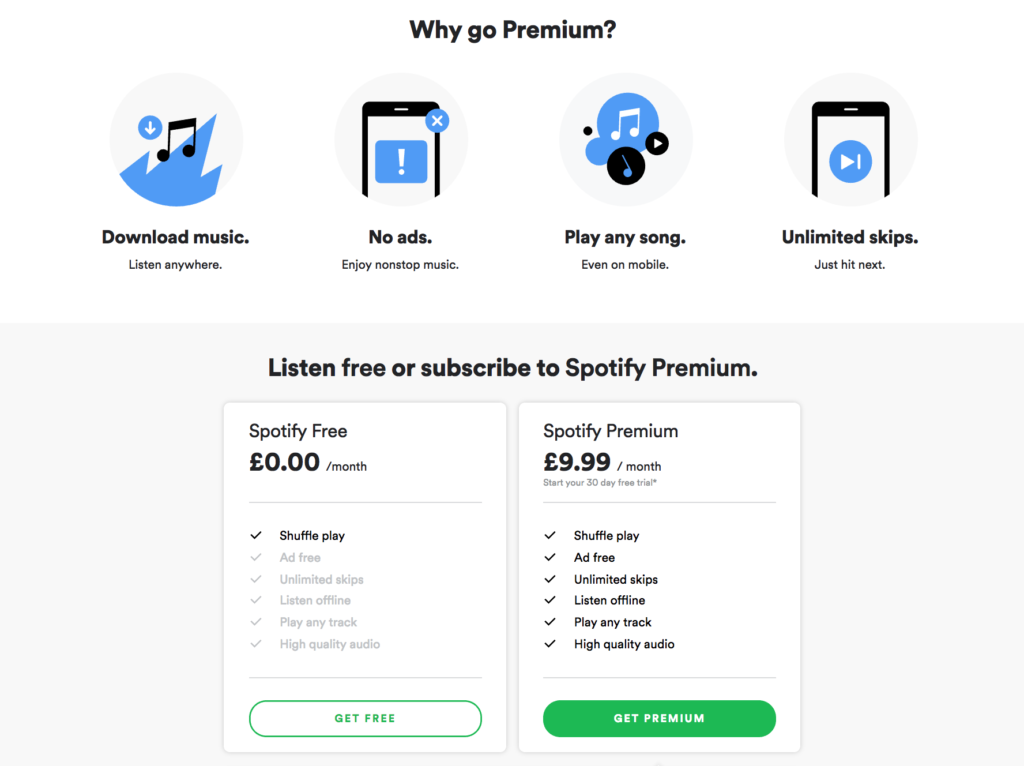
Paid Apps Model
In this model, users are required to pay a certain amount before they can download the application. Most Paid apps are predominantly apps with free versions, that typically offer extra features and have no ads. Paid apps’ greatest competitors are the free apps with similar features. Hence, this model could work better for apps that are already recognised.
While this method provides quick returns for every download, it is also seeing a steady decline. Once the users buy your app, you won’t be able to generate money from them anymore. Also, once your app does not deliver your customer’s expectations, you’ll see a sure deterioration on the “happy customer” experience.
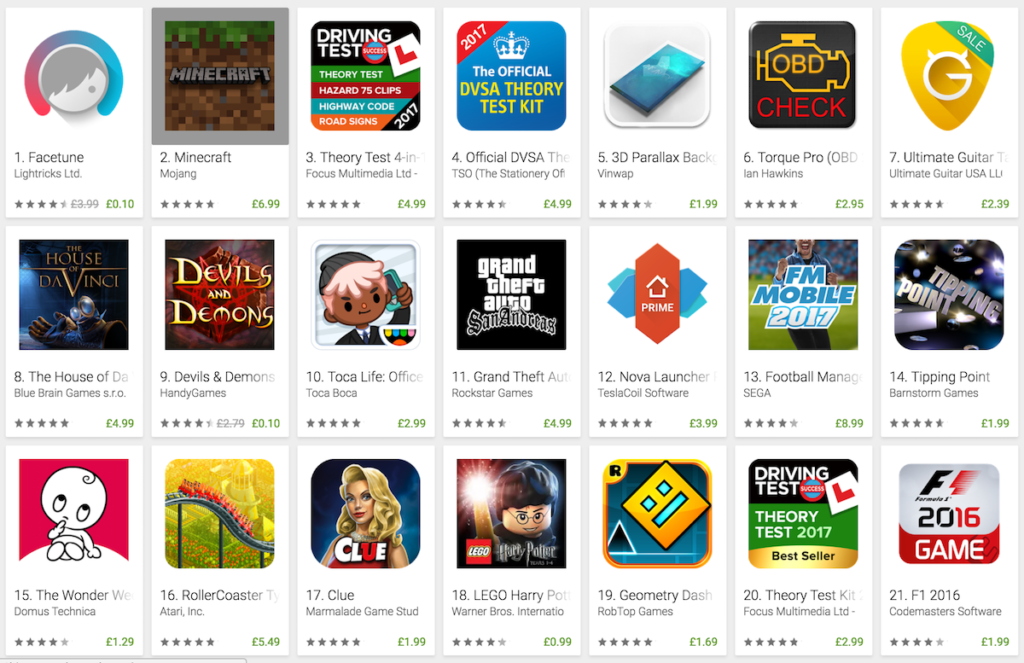
Freemium Model
The “freemium” approach is one of the most commonly used business models in applications. In this kind of model, apps will initially be free to download, and money will be generated through in-app purchases or virtual goods. One great example is the high-grossing app Candy Crush. The app is free to download; however, you will have to pay for certain features, such as getting more energy or life to continue playing. This kind of model paved the way for Candy Crush to make six figures a day from in-app purchases alone.
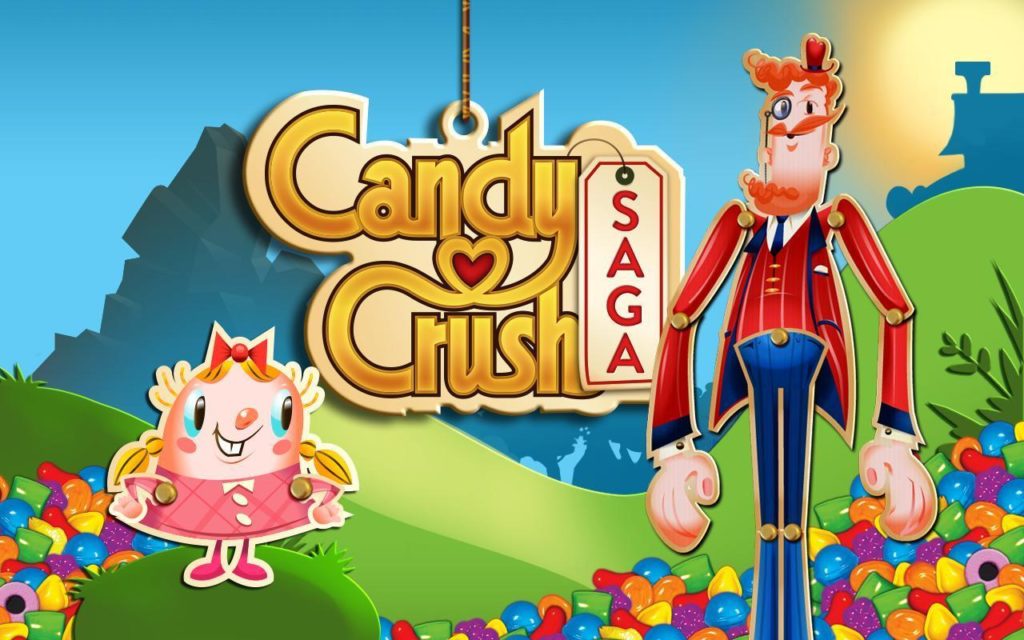
By attracting users alone, to unlock special features, this model allows companies to successfully generate revenue rather than investing on a separate marketing model. There are other such ways to implement the freemium-structured approach to app revenue. Here are some of them:
- Feature-Based Freemium – The free version of your app is completely functional but only has basic features; enticing the customers to pay for a more advanced, feature-rich, premium version. Spotify is a great example of this.
- Time-Based Freemium – Similar to the standard “free trial offer”, the free version of your product will be available only for a limited time.
- Capacity-Based Freemium – The free version of your app is available for only a certain capacity. Example of this is Dropbox, Google Drive, Evernote.
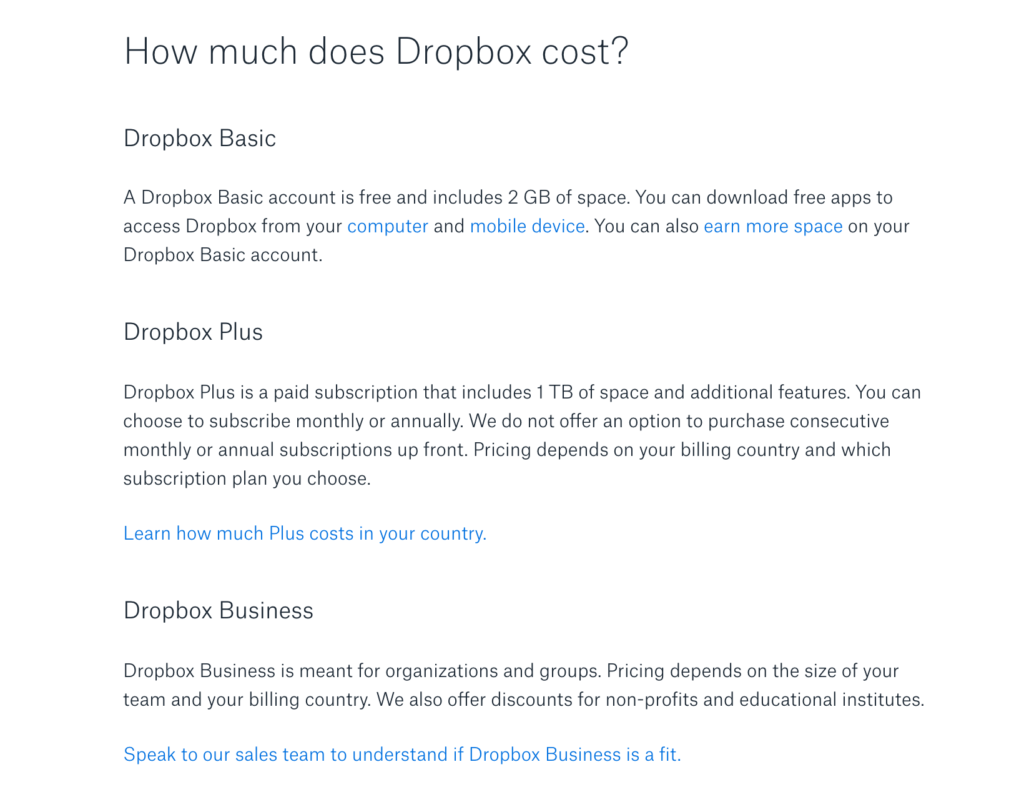
Subscriptions
This kind of model works especially for companies that offer content to their users. Similar to the Freemium approach, this model allows users to access your app for free, but with limited content only. A subscription would charge the users to view the entire content and lock them into long-term payment commitments. This is perfect for businesses that can offer something new to their users on a regular basis, thereby increasing the lifetime value of customers. One great example of a successful business that uses this kind of model is Netflix.
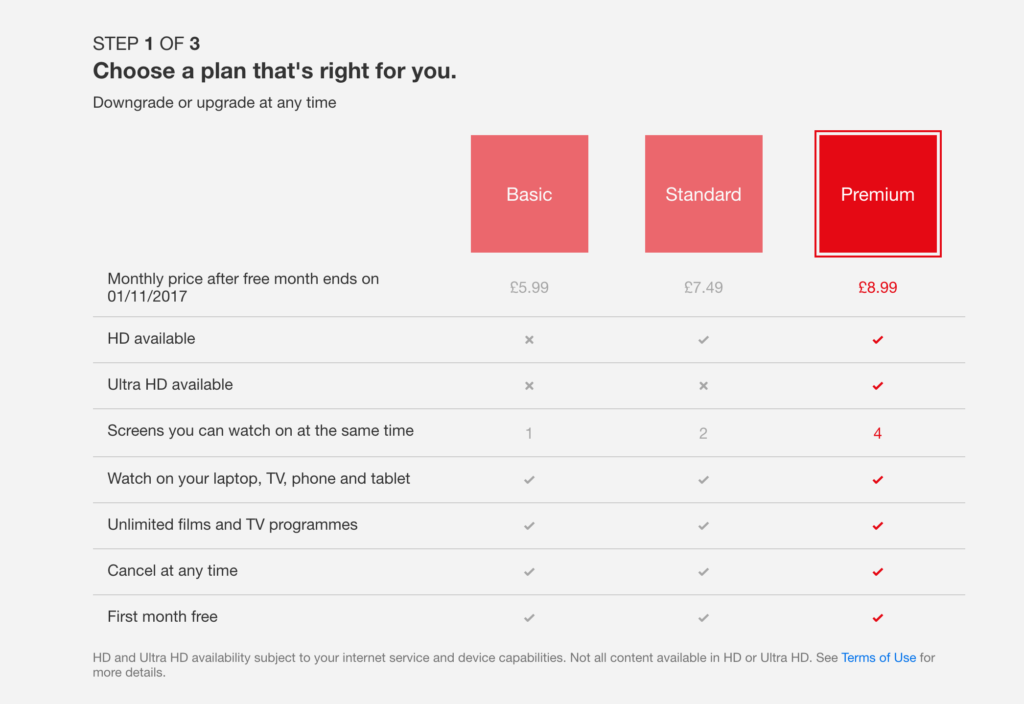
Hybrid
Of course, you can always mix and match models and try out what works best for your app. The two most common hybrids are Freemium with ad-supported and Paid apps with in-app purchases. The key is to learn how to apply your creativity in monetising your app.
Choosing the Business Model That’s Likely to Work For Your App
Each available business model has its own advantages and drawbacks. Regardless of which business model you plan to utilize for your app, it is essential to first identify how your app market functions. This will require you to recognise the unique services and offers that will make your app stand out from the crowd. Also, you should consider what your potential customers will be willing to pay for, and analyse what your current competitors are doing.
While there are a plethora of options and methods, it all boils down to choosing the right approach to be able to monetise your Android app.
Got more questions about App monetisation and App development? Our expert team at Ordia Creative will be more than happy to help you out. Send us a message so we can talk about making your app happen.
